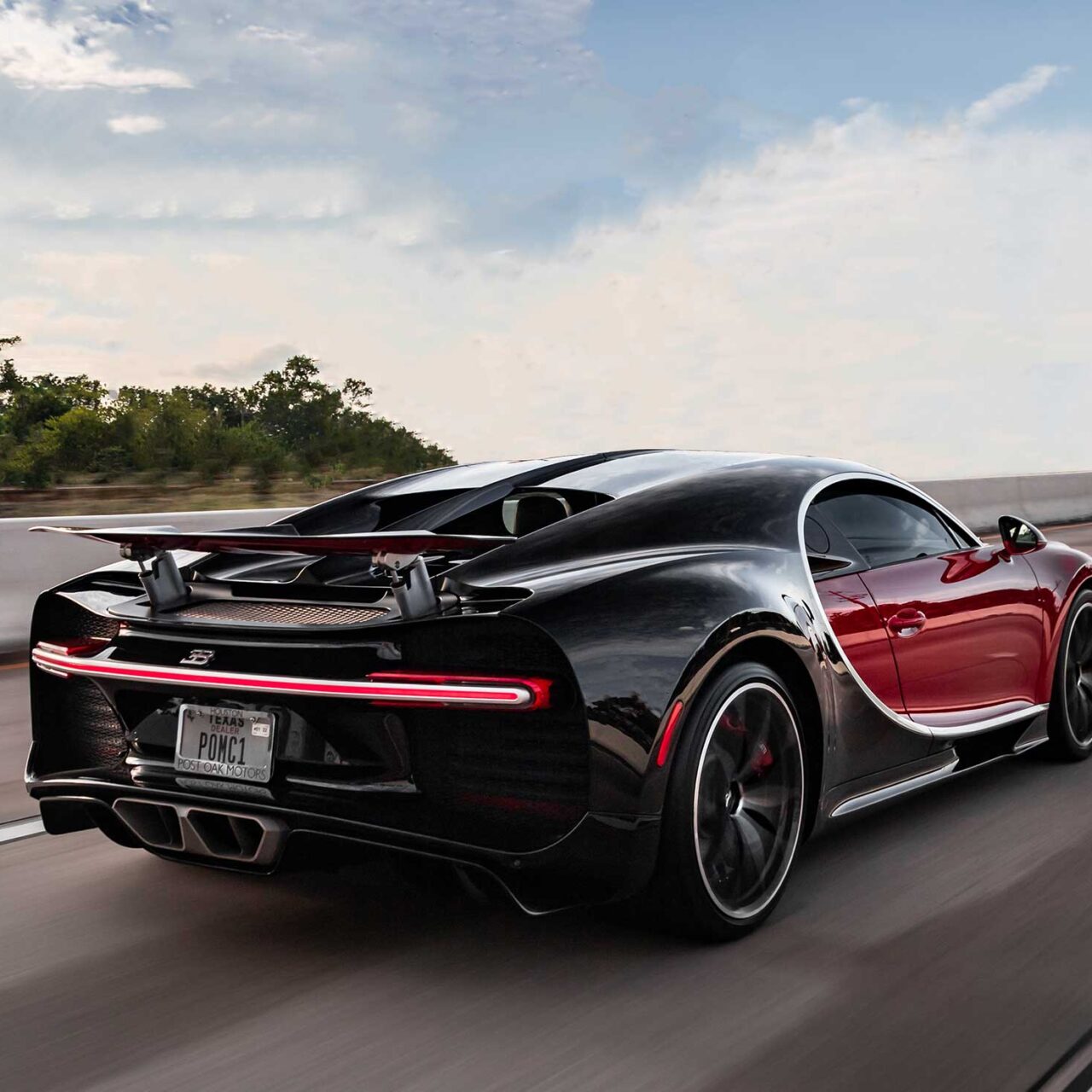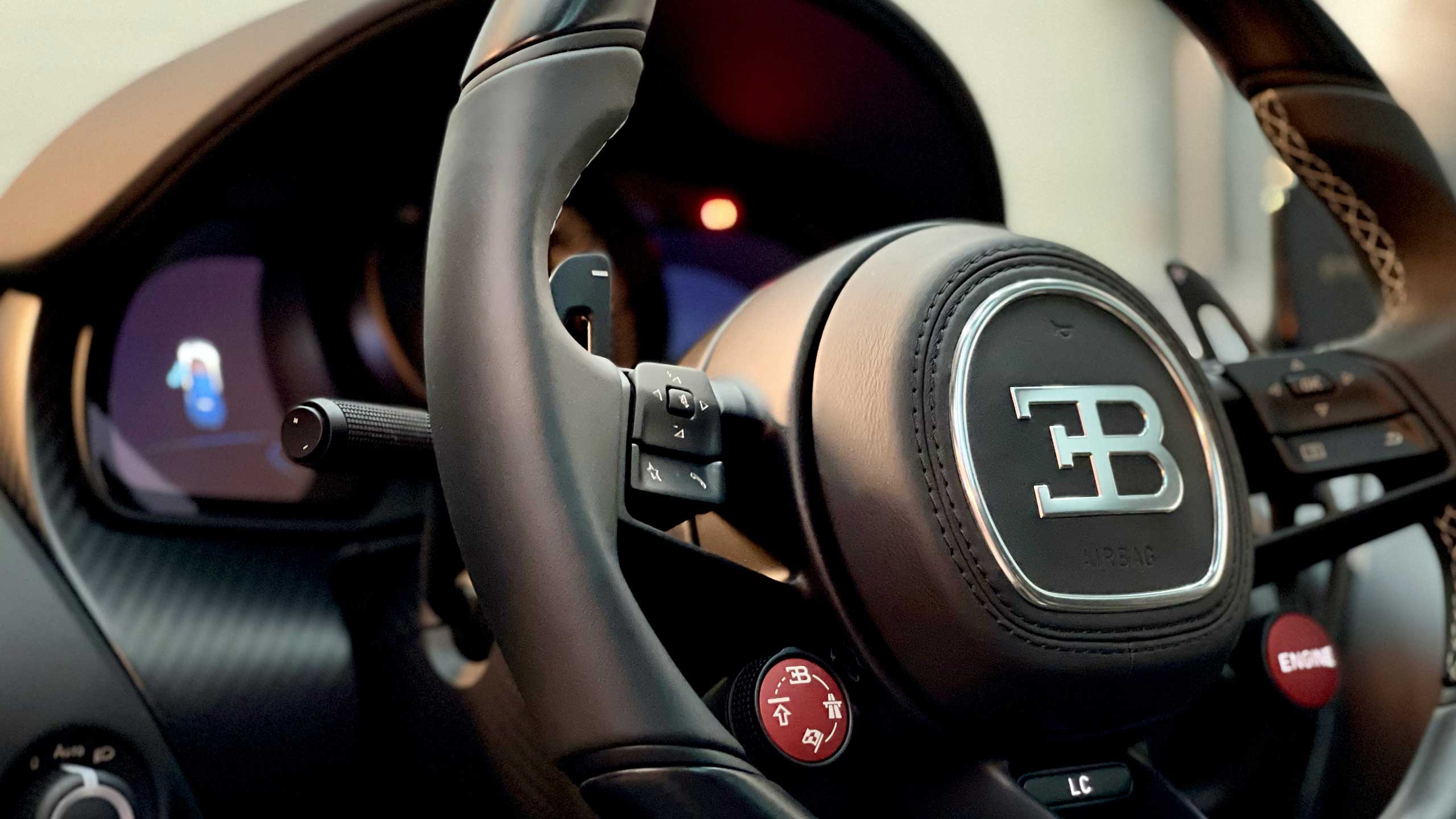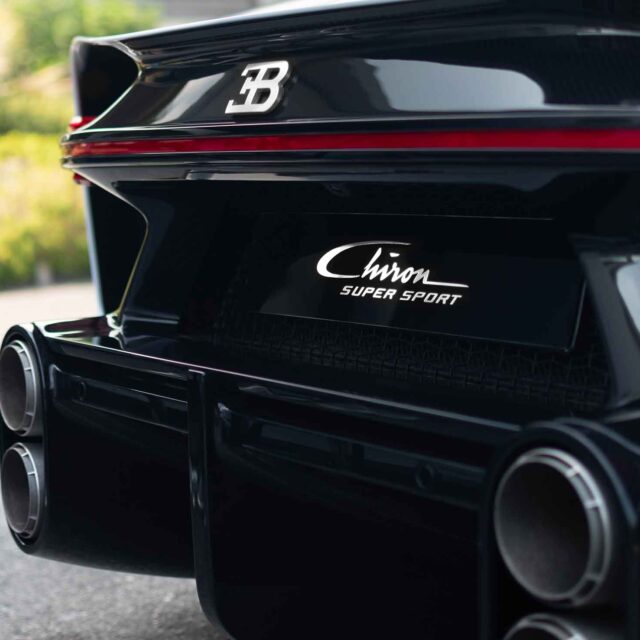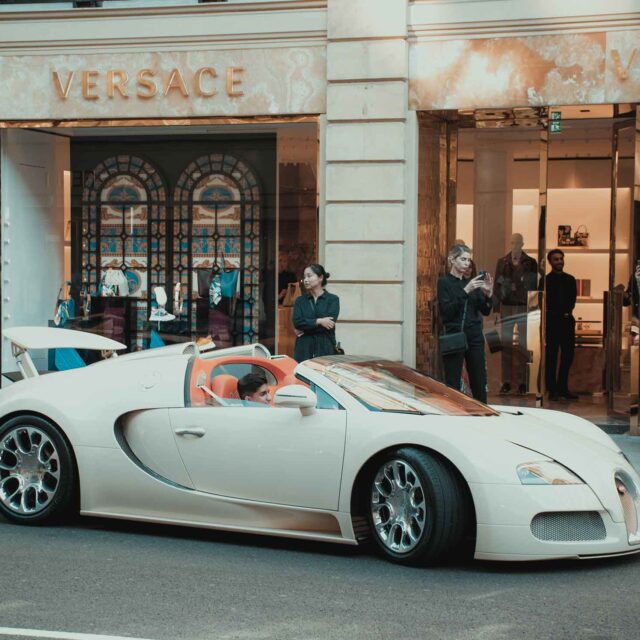Ettore Bugatti founded Bugatti and designed its most successful race cars and elegant automobiles. He was a pioneer in automobile engineering and motorsports, and his ideas are still famous today.
He was captivated with early automobile technology and mechanics and apprenticed at Prinetti & Stucchi after school. 17-year-old Ettore first designed a tricycle. This was followed by variants with front- or rear-mounted engines. He raced these cars.
Bugatti presented his first automobile in Milan in 1901. The Type 2 he developed with the Gulinelli brothers earned a French Automobile Club prize. When one of the Gulinelli brothers died, ending the project, Baron De Dietrich in Niederbronn, Alsace, bought the car’s production licence. Since Ettore was under 21, De Dietrich and Ettore’s father signed the contract on 2 July 1902.
Ettore Bugatti relocated to Niederbronn, where Baron de Dietrich put him in charge of vehicle production technology. 1903 saw Bugatti’s first race vehicle. The chain-driven automobile had a 12.9-liter displacement and a tubular frame to circulate coolant.
De Dietrich disapproved of Bugatti’s focus on racing. Ettore’s supervisor thought he neglected production car development. His contract with De Dietrich was cancelled. Emil Mathis in Strasbourg commissioned Bugatti to develop a four-cylinder automobile.
Ettore soon fell out with Emil Mathis and constructed another 50 PS car without a contract. In July 1907, he offered it to Deutz. Bugatti assumed head of Deutz’s Cologne production branch. Ettore worked on his first “Pur Sand,” the Type 10, in his Mulheim, Cologne, basement.
Jean Bugatti replaced his father Ettore as Bugatti’s head and created the Type 57S Atlantic. He led the Bugatti racing team from 1935 and drove test cars.
Jean launched his own firm with Pierre de Vizcaya’s help at an Alsace dyeworks. He borrowed from Darmstadter Bank to make ten automobiles and five aircraft engines.
Type 10 is Bugatti’s first “Pur Sang” The 500-kg automobile has a 1.3-liter four-cylinder engine.
Molsheim received the first eight-valve vehicle equipment in 1910. Frederich, Bugatti’s long-time aide, raced prototypes. Type 10 manufacture ended in 1914.
The Type 18 debuted in 1912 with a four-cylinder, five-litre engine, and chain drive. Roland Garros possessed one of these strong race vehicles for road usage. In 1916, he could drive 160km/h on ground and in the air.
Launched in 1913. Bugatti’s automobile that Peugeot licences. The 850cc four-cylinder automobile could reach 60km/h. The Bebe was a hit. By 1916, several thousand Bebes were built.
Bugatti designed aeroplane engines for the French and American governments in 1915. Bugatti used engine licencing payments to restart automobile manufacture in Molsheim after the war. Over 1,000 staff were hired as production expanded.
The 16-valve Type 13 won the 1920 Grand Prix de la Sarthe at Le Mans. Ernest Friedrich won Bugatti’s debut race. This event, the sole motor race that year in war-ravaged France, was a replay of the cancelled 1914 competition for which Bugatti created their new race cars.
The Type 28 was only produced as a prototype in 1921, but the patents sought for opened the path for all following Bugatti innovations, particularly the 3-liter, 8-cylinder engine. The Royale’s chassis inspired all later Bugatti touring vehicles.
In 1914, Bugatti envisioned producing the world’s most luxury vehicle. In 1926, he created the ‘Royal’. It is still the most costly automobile ever. The 12.7-liter, 8-cylinder engine produced 300 PS. The tremendous expense of building this renowned automobile nearly bankrupted Bugatti during the early 1920s economic crisis. Only six Royales were constructed, however they had eleven bodyshells. Only three were sold.
1927’s Type 43 caused a stir. Inspired by the Type 35, it had a ‘Grand Sport’ body but a roomier interior with a ‘real’ windscreen. Bugatti also launched the Type 44 with various distinct bodyshells. It was Bugatti’s best eight-cylinder model.
In 1929, Britain created the first Bugatti Owners Club. The world’s oldest brand association. The Bugatti Owners Club has organised the Prescott Speed Hill Climb since its establishment.
The Jean Bugatti Roadster delivered to Armand Esders on 4 April 1932 was the first customer-ordered Royale. It cost 700,000 francs. Esders paid 200,000 francs in October 1921. Monsieur Esders requested an automobile without headlamps because he didn’t drive at night. The headlamps came separately.
Jean, the patron’s heir, died on August 11, 1929, while test driving the Le Mans-winning automobile. Several weeks later, WWII began. In 1940, German occupying forces compelled Ettore Bugatti to sell the Molsheim facility to Hans Trippel for 150 million francs.
The Bugatti family reclaimed the plant in 1945. Due to a shortage of funding, Bugatti couldn’t build a new product line.
Ettore Bugatti last visited Molsheim and the scene of his son Jean’s deadly accident in Spring 1947. He got flu and had a stroke in Paris. He later died of pneumonia in a Paris military hospital on August 21, 1947.
Pierre Marco became managing director after Ettore’s death. In 1951, Ettore’s first-born son Roland and Rene Bollore took over the firm. The firm serviced pre-war autos and made military engines.
Bugatti stopped manufacturing in 1956. Ettore Bugatti’s firm manufactured 7,900 automobiles in 47 years.
Hugh Conway compiled a list of Bugatti owners in 1962. The Schlumpf brothers’ collection began with this. They wrote to all the owners and acquired 50 Bugatti’s. The brothers purchased the other 18 Bugatti’s, prototypes, engines, and components the next year and Ettore Bugatti’s “Royale” was featured. They bought 30 Bugatti’s from John Shakespeare in the US.
Hispano-Suiza bought Bugatti in 1963, renaming it Messier-Bugatti. Molsheim-based firm still makes aircraft parts.
Workers and their families protested when the Schlumpf brothers closed all their textile mills owing to cash concerns. The brothers escaped to Basel. In July 1982, the Musee National de l’Automobile opened with the collection from Mulhouse. Hans and Fritz Schlumpf, collectors, and textile entrepreneurs, eventually added ‘Schlumpf Collection’ to the name. Mulhouse displayed 120 Bugatti’s.
Romano Artioli formed Bugatti Automibili S.p.A. in 1987 after purchasing the Bugatti brand. This firm was situated in Campogalliano, Italy, near Modena. Bugatti Automobili S.p.A. closed in 1995.
On Ettore Bugatti’s 110th birthday, September 15, 1991, Paris presented the EB 110. The 12-cylinder, four-wheel-drive automobile had 550 PS. 140 units were made.
Dauer Racing GmbH of Nuremburg took over EB 110 manufacturing, making 10 EB 110’s.
Volkswagen AG purchased the Bugatti name in May 1998 and presented the EB 118 in October. The EB 218, a four-door saloon, debuted at the Geneva Motor Show in 1999, followed by the Louis Chiron-named EB 18/3 at the Frankfurt IAA. A few weeks later, the EB 18/4 supercar debuted at the Tokyo Motor Show.
In 2000, Bugatti exhibited the EB 16/$ Veyron at auto shows in Detroit, Geneva, and Paris. The 8-litre mid-engine automobile named after Pierre Veyron has a 16-cylinder 630 PS W engine.
Bugatti introduced the Veyron 16.4 in 2001.
In 2005, Veyron production began. Ettore Bugatti created a high-quality automobile at Bugatti’s headquarters. With 1001 PS, a peak speed of over 400km/h, and a 0 to 100 in less than 3 seconds, the Veyron surpassed any automobile in the automotive industry.
Molsheim, Alsace, France, the birthplace of Bugatti, was the only feasible location to build the Veyron. After renovating ‘Chateau St Jean,’ ‘The Atelier’ was finished in 2005.
The Bugatti Veyron 16.4 Grand Sport combining a 1,001 PS supercar with open-top motoring was revealed at the 2008 Concours d ‘Elegance in Pebble Beach, USA. Gooding & Company sold chassis 1 for $3.2 million.
In September 2009, Bugatti revealed four Centenaire Veyron’s to celebrate its centennial. They recalled Bugatti’s Type 35 and racing background. As in Ettore Bugatti’s day, the models were shown in the racing colours of the competing countries: blue for France, red for Italy, green for Britain, and white for Germany.
Bugatti Veyron 16.4 Super Sport broke the street-legal production sports car speed record on June 26, 2010. It reached 431.072 km/h, making it the fastest production sports vehicle at the time.
Bugatti introduced the Veyron 16.4 Grand Sport Vitesse at the 2012 Geneva Motor Show. The fastest production roadster ever reached 410 km/h.
The Bugatti Chiron, the world’s most powerful, quickest, luxury, and exclusive super sports automobile, debuted in 2016 and 2018 brought the Divo.
La Voiture Noire debuted in 2019 to mark Bugatti’s 110th anniversary. This unusual replica honours the Bugatti Type 57SC Atlantic in black, which perished during World War II.
The Centodieci in 2019 continued Bugatti’s 110-year tradition of excellent design and performance while revisiting its recent past.
In 2020 Bugatti debuted the Chiron Pur Sport, the most agile Chiron ever and 2021’s Chiron Super Sport is the ultimate GT, bringing savage performance in luxury. This automobile honoured Super Sport nine decades after its start.
The Bugatti-Rimac joint venture began on November 2, 2021. Rimac epitomises new power and technological expertise, whereas Bugatti represents legacy and coachbuilding.






